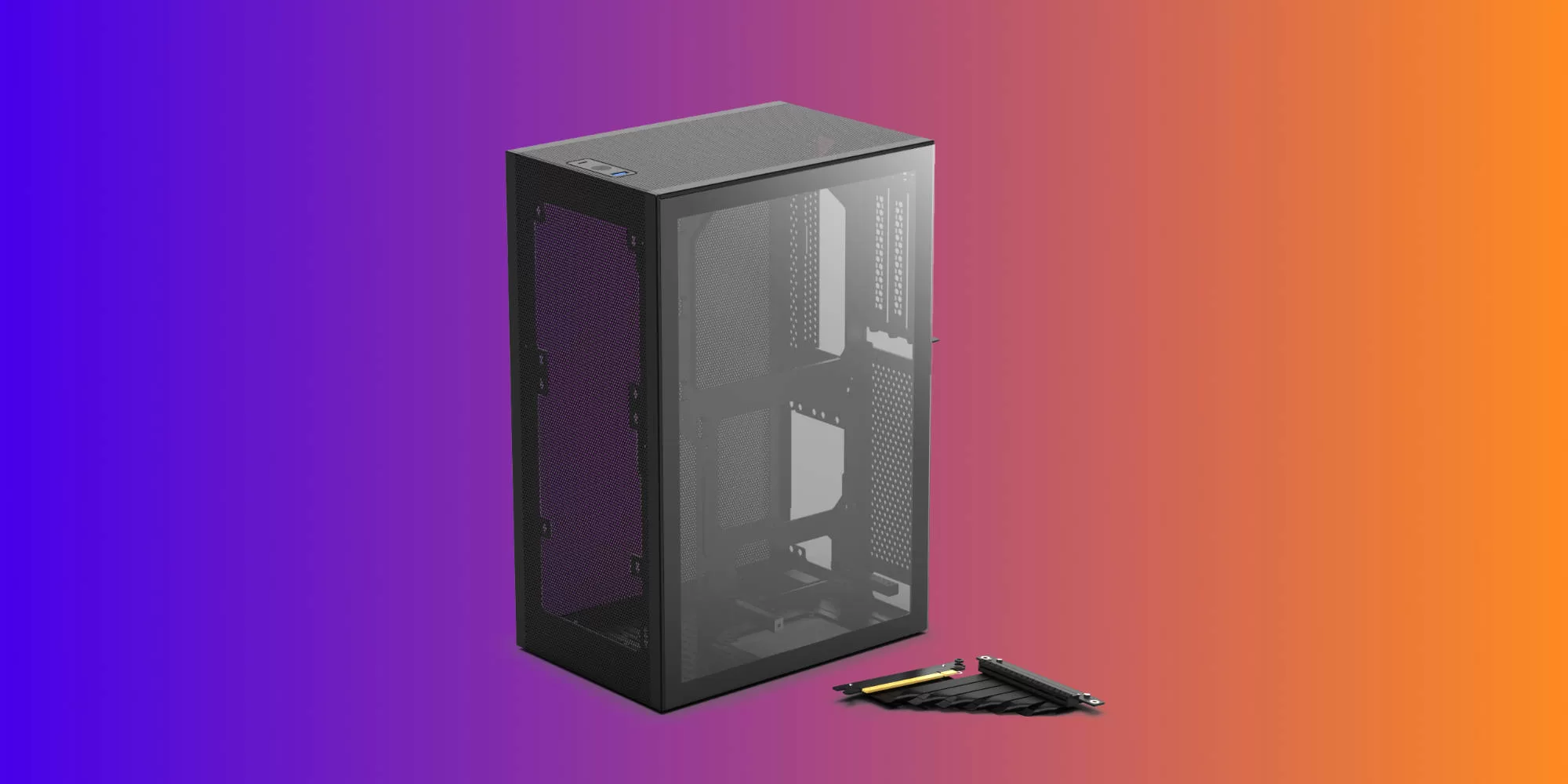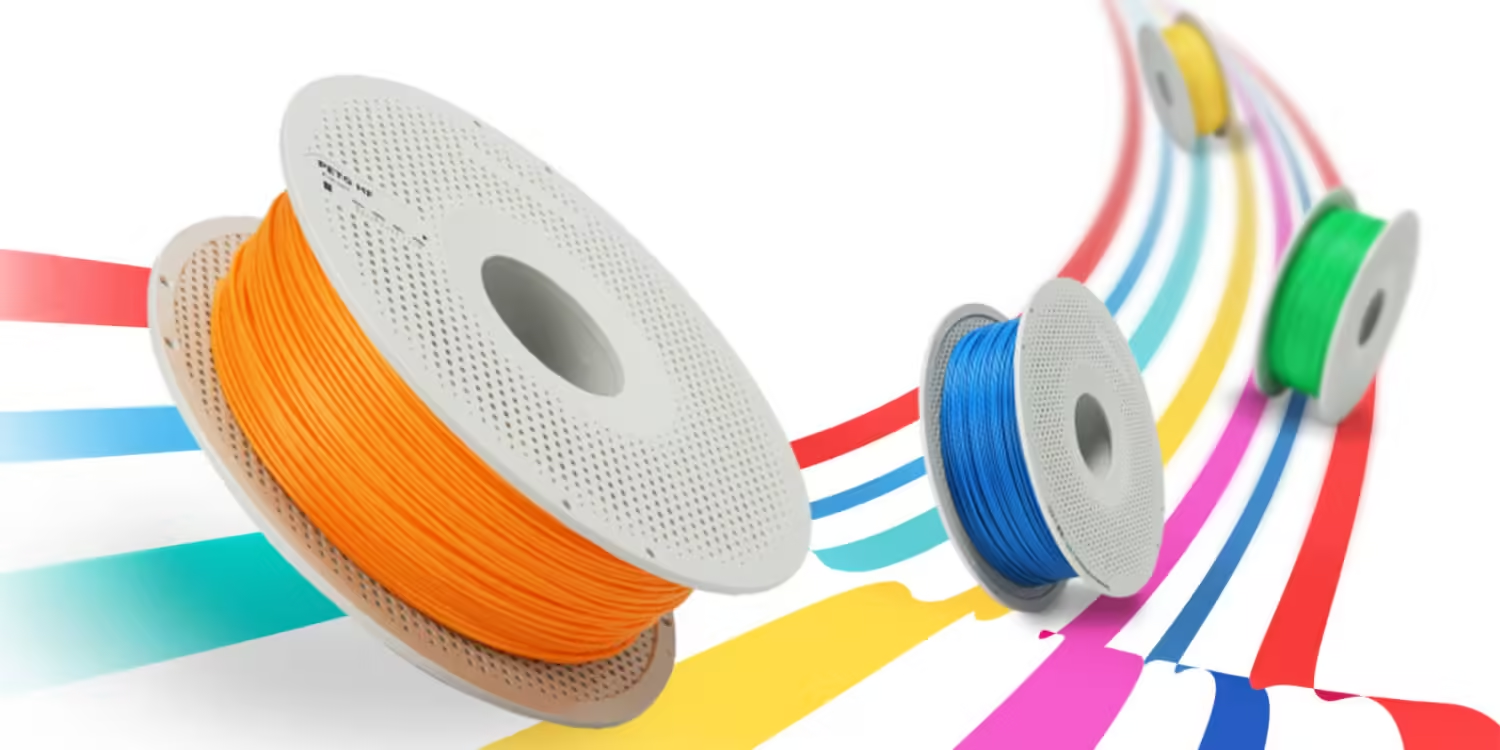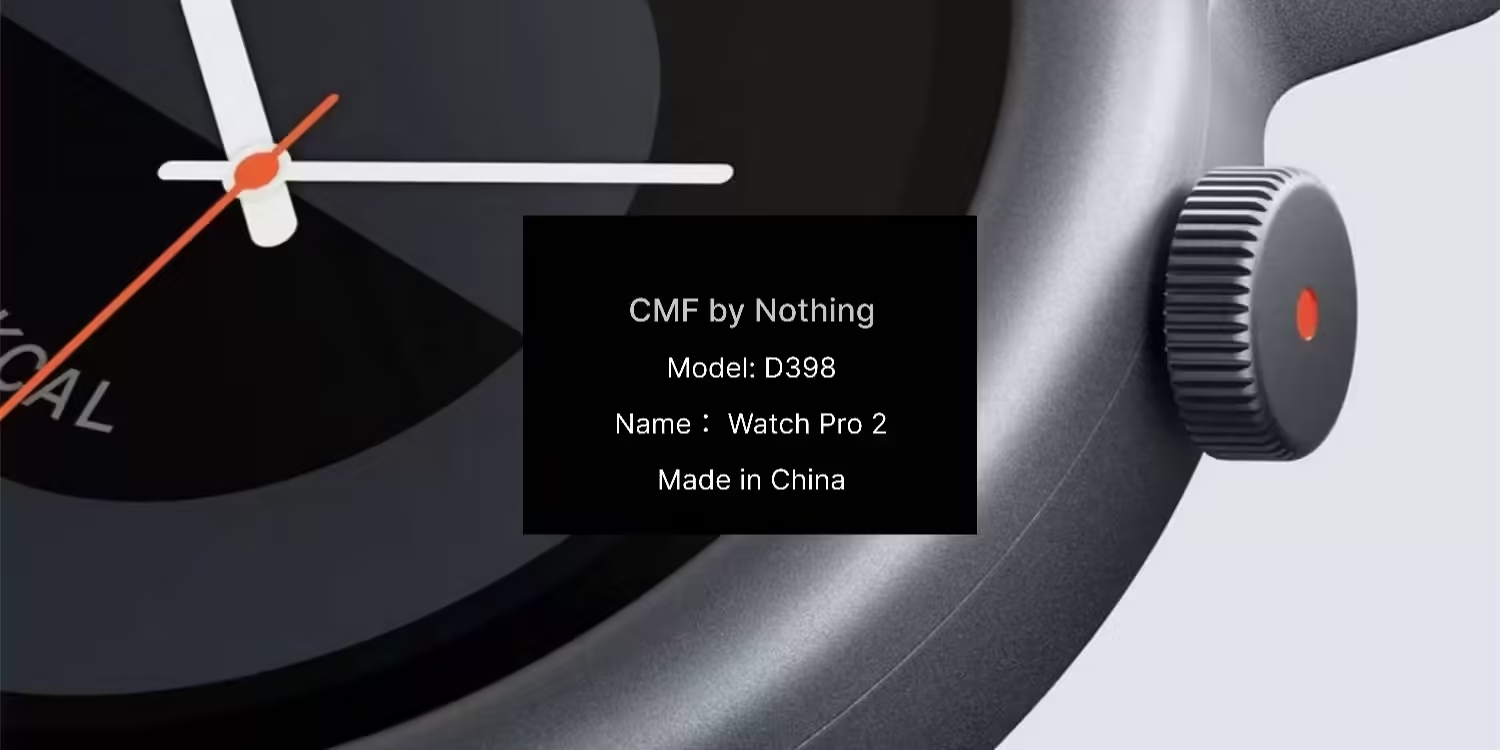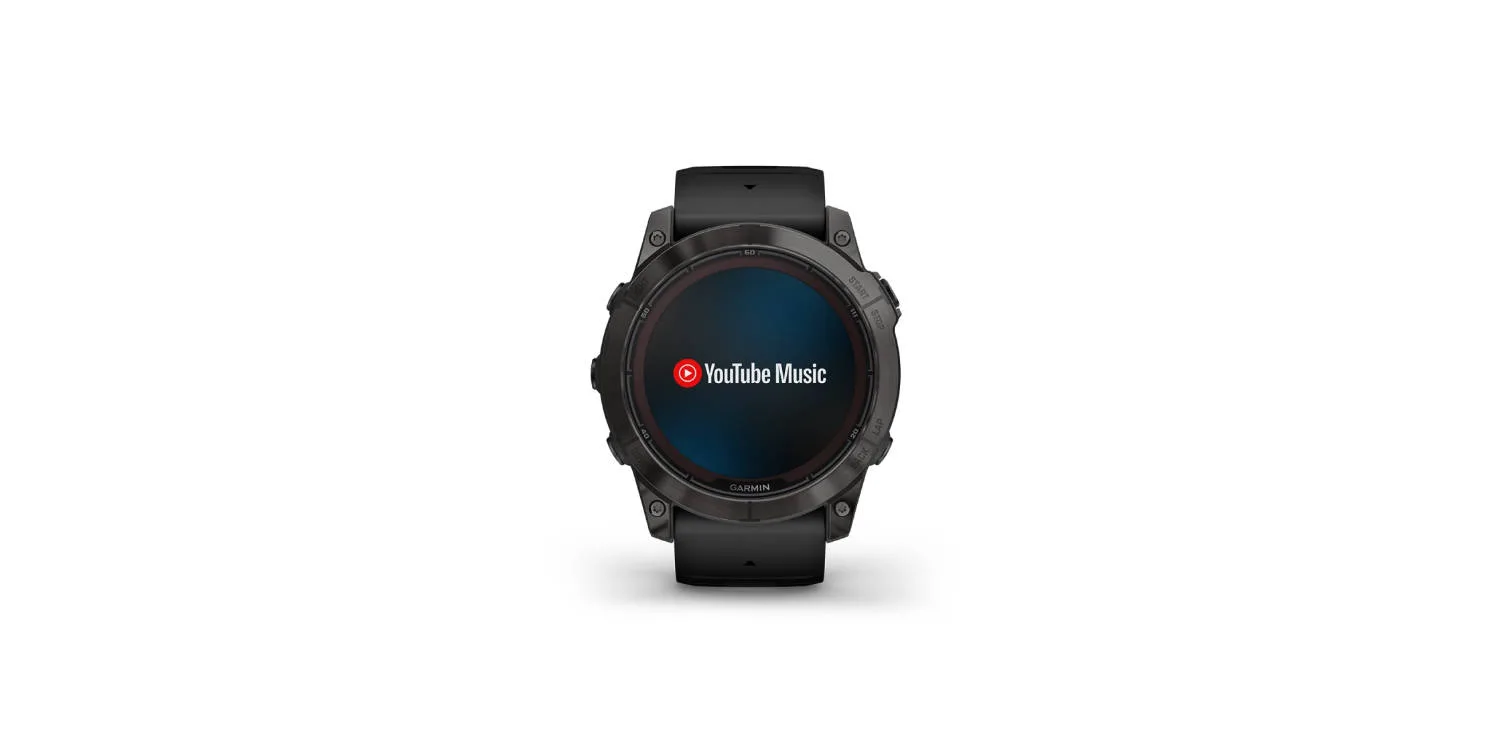Late last year, we got a first look at the Ssupd Meshlicious small form factor (SFF) case. Since then, the case has seemed to gain a lot of attention within the community, so let’s take a look at why it could be such a great option for many people.
The company behind it
Ssupd is Lian Li’s sister company, which is a good sign. A large company with production lines already set up is important for the SFF case community right now. The majority of the SFF cases on the market today have long wait times and high prices. Hopefully, Ssupd will be able to lower the costs and improve stock levels dramatically.
The pricing
The price of the case is $119, making it more of a budget-friendly option for many people. This price suggests that the case is being produced in large numbers, something the SFF community has been waiting for.
You will soon be able to buy mesh, tempered glass, and tinted or mirrored tempered glass side panels to make yours. This will cost $30 for the first two options and $40 for the latter. A riser cable and right-handed DisplayPort and HDMI cables are also available if vertically mounting the GPU. HDMI is included in the box.
The availability
Due to the pricing and the company backing the case, it seems like availability won’t be too much of an issue at this stage. On top of that, likely, the case will also be stocked by large stores around the world, making it even easier to get. For now, it looks like you can only buy it on Ssupd’s website, but we assume that is going to change shortly.
Compatibility
The case supports both SFX and ATX power supplies for those entering into the SFF world. Something that I think will be popular with this case. It is recommended to use an SFX power supply, however. You can fit up to two 3.5-inch drives or three 2.5-inch drives on the storage side of things. That means you can fit up to five when using two M.2 slots found on most ITX motherboards nowadays.
The case 245 mm x 166.4 mm x 360 mm and allows for two 120 mm or two 140 mm fans on the front, making it the only way to push or pull air out of the case. The rest of the cooling will come from the mesh panels that allow for all the air you need to enter the case.
Our thoughts
From everything discussed above, the case looks like it could be a real contender as one of the best cases to hit the small form factor (SFF) market. We will for sure be getting the case in for testing to see if it lives up to the hype.












